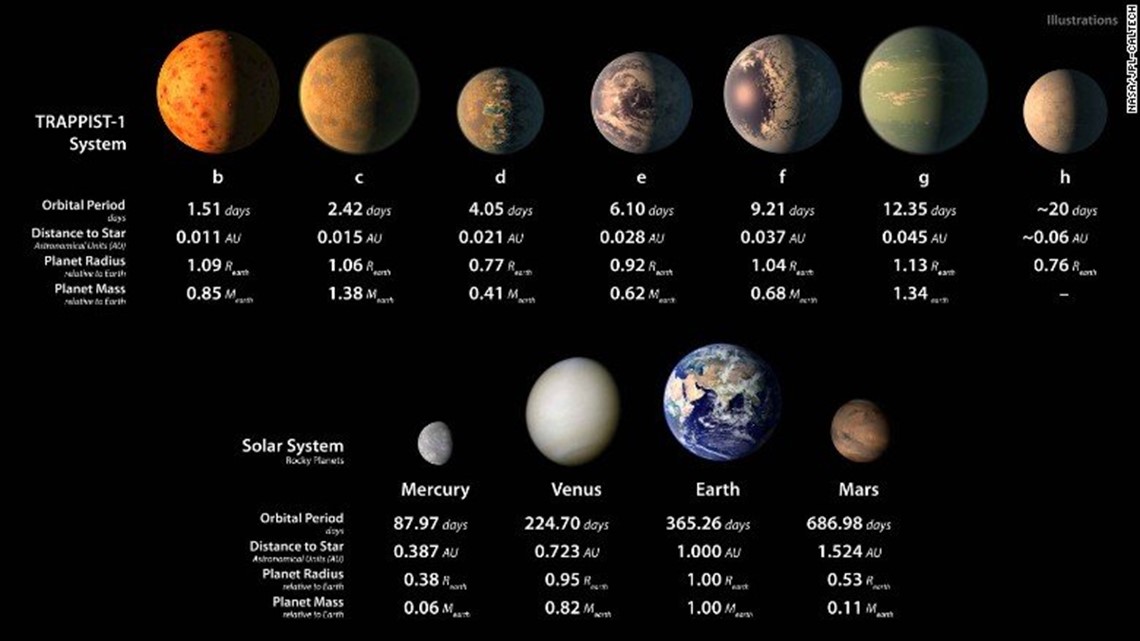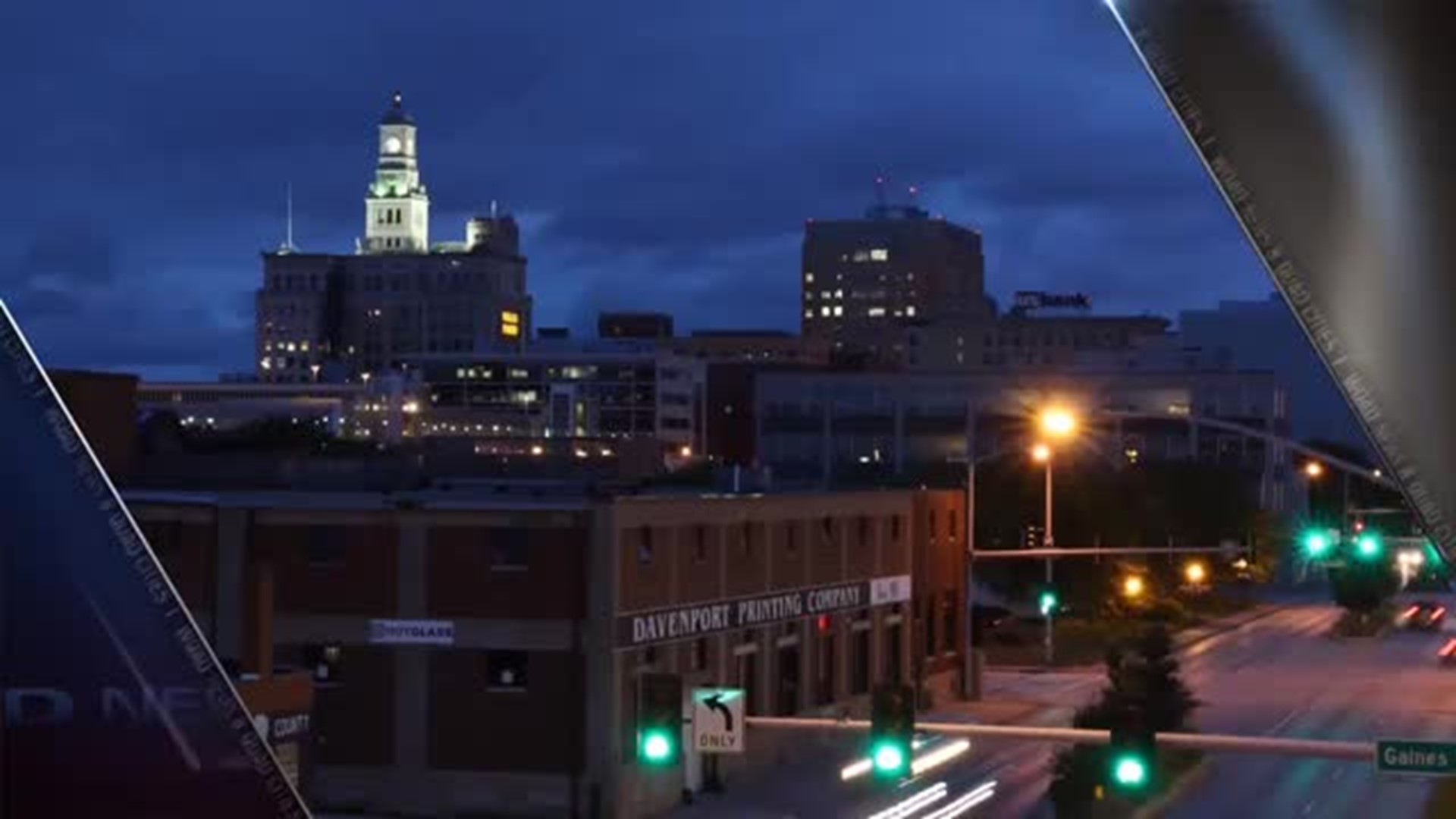NASA HEADQUARTERS, Washington D.C.-- NASA astronomers say they've found at least seven Earth-sized planets that could potentially support life. They're located 40 light-years away, according to a study published February 22nd in "Nature."
Astronomers call a discovery like this rare, especially because the planets have the combination of being similar in size to Earth, with temperate conditions, meaning they could have water on them and potentially support life. It's the first time they've ever found something like this.


The planets were found in the constellation Aquarius and circle a dwarf star called Trappist-1, barely the size of Jupiter.
Scientists say they have to conduct further studies before determining whether these new planets could support some form of life. They add the discovery is encouraging because it reveals the potential for more Earth-sized planets in our Milky Way galaxy.
There are 200 billion stars in our galaxy, and each star could theoretically have multiple Earth-sized planets circling it.
The new planets are very close together, which allows researchers to study the planets in-depth. They're so close together that they inhabit a space five times smaller than the distance from Mercury to the sun, in our solar system.


If you were to stand on the surface of one of the planets, it'd be a lot less bright than here on Earth. Astronomers say you would receive 200 times less light than you get from the sun, but you would feel just as warm since the star is so close. You'd also see some picturesque views, since the other planets would appear just as big as our moon or even bigger.
The "Trappist-1 star," the equivalent of our sun, would appear three times as big in the sky. And because that star is a reddish hue, the light would be a salmon color, according to researchers.
Researchers also say the new planets are a lot like our moon, meaning they are "tidally locked." One side of the planet will always face one way to the star, so one side of the planet is perpetually night while the other is always day.
Based on the initial findings, researchers say the three planets closest to "Trappist-1" might be too close and warm to support water, and the outermost planet is probably to far away and cold to support water. But, they say more observation is needed to know for sure.

